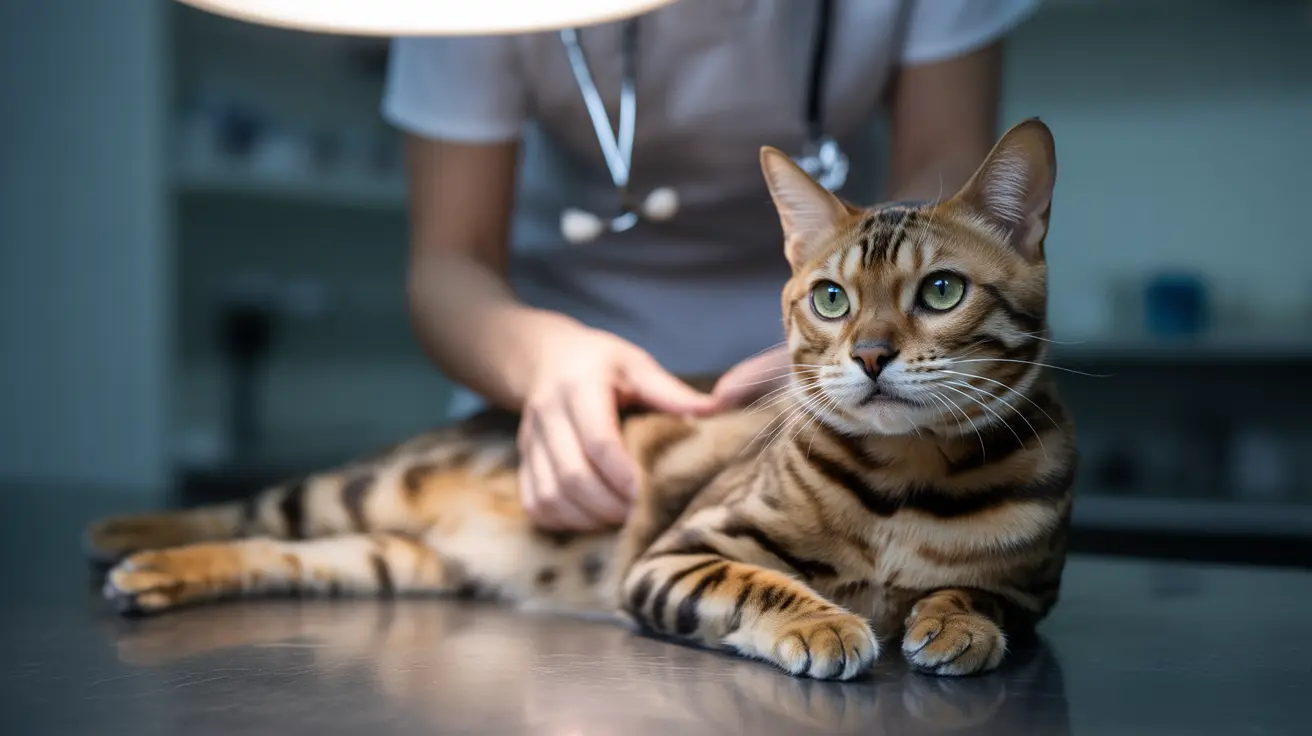Internal bleeding in cats is a severe, life-threatening emergency that requires immediate veterinary attention. Understanding the timeline and recognizing early warning signs can mean the difference between life and death for your feline companion. This comprehensive guide will help you identify symptoms of internal bleeding and understand why swift action is crucial for your cat's survival.
Understanding Internal Bleeding in Cats
Internal bleeding occurs when blood vessels or organs inside your cat's body are damaged, causing blood to leak into body cavities rather than staying within the circulatory system. This dangerous condition can result from various causes, including trauma, underlying health conditions, or exposure to toxins.
Critical Timeline: From Onset to Emergency
The progression of internal bleeding can be rapid and devastating. In severe cases, cats may succumb to their injuries within hours if left untreated. The timeline varies depending on several factors:
- Severe hemorrhage from major trauma: 1-2 hours until critical condition
- Moderate bleeding from smaller injuries: 12-24 hours
- Slow bleeding from chronic conditions: Several days, but with progressive deterioration
Warning Signs and Symptoms
Immediate Signs
Early detection is crucial for survival. Watch for these initial warning signs:
- Pale or white gums
- Rapid, shallow breathing
- Weakness or lethargy
- Collapse or inability to stand
- Cold extremities
Progressive Symptoms
As internal bleeding continues, you may notice:
- Distended or sensitive abdomen
- Rapid heart rate
- Loss of appetite
- Vomiting (possibly with blood)
- Dark, tarry stools
Emergency Response and Treatment
If you suspect internal bleeding, take these immediate steps:
- Keep your cat calm and warm
- Minimize movement to prevent further bleeding
- Transport to an emergency veterinary facility immediately
- Do not attempt home treatment
Veterinary Intervention
Professional treatment may include:
- Emergency stabilization
- Intravenous fluid therapy
- Blood transfusions
- Diagnostic imaging
- Surgical intervention if needed
Prevention and Risk Management
While not all cases of internal bleeding can be prevented, you can reduce risks by:
- Keeping cats indoors or supervised outdoors
- Securing high windows and balconies
- Regular veterinary check-ups
- Avoiding exposure to toxins and anticoagulant medications
Frequently Asked Questions
What are the most common causes of internal bleeding in cats, and how can I prevent them?
The most common causes include trauma (such as falls or car accidents), blood clotting disorders, and tumors. Prevention involves keeping cats indoors, securing high spaces, and maintaining regular veterinary care.
How long can a cat survive with internal bleeding before it leads to death?
Without treatment, survival time varies from 1-2 hours in severe cases to several days with slower bleeding. Immediate veterinary care is essential for the best chance of survival.
What are the key signs and symptoms that indicate internal bleeding in cats?
Key indicators include pale gums, rapid breathing, weakness, collapse, cold extremities, and distended abdomen. Any combination of these symptoms requires immediate veterinary attention.
What are the first steps I should take if I suspect my cat has internal bleeding?
Keep your cat warm and calm, minimize movement, and transport them to an emergency veterinary clinic immediately. Do not attempt home treatment or wait to see if symptoms improve.
How can early veterinary intervention improve the prognosis for cats with internal bleeding?
Early intervention allows veterinarians to stabilize the cat, identify the bleeding source, and implement life-saving treatments before organ damage occurs. Quick action significantly increases survival chances.
Remember: When it comes to internal bleeding in cats, minutes matter. If you suspect your cat is experiencing internal bleeding, don't wait - seek emergency veterinary care immediately. Your quick action could save your cat's life.






